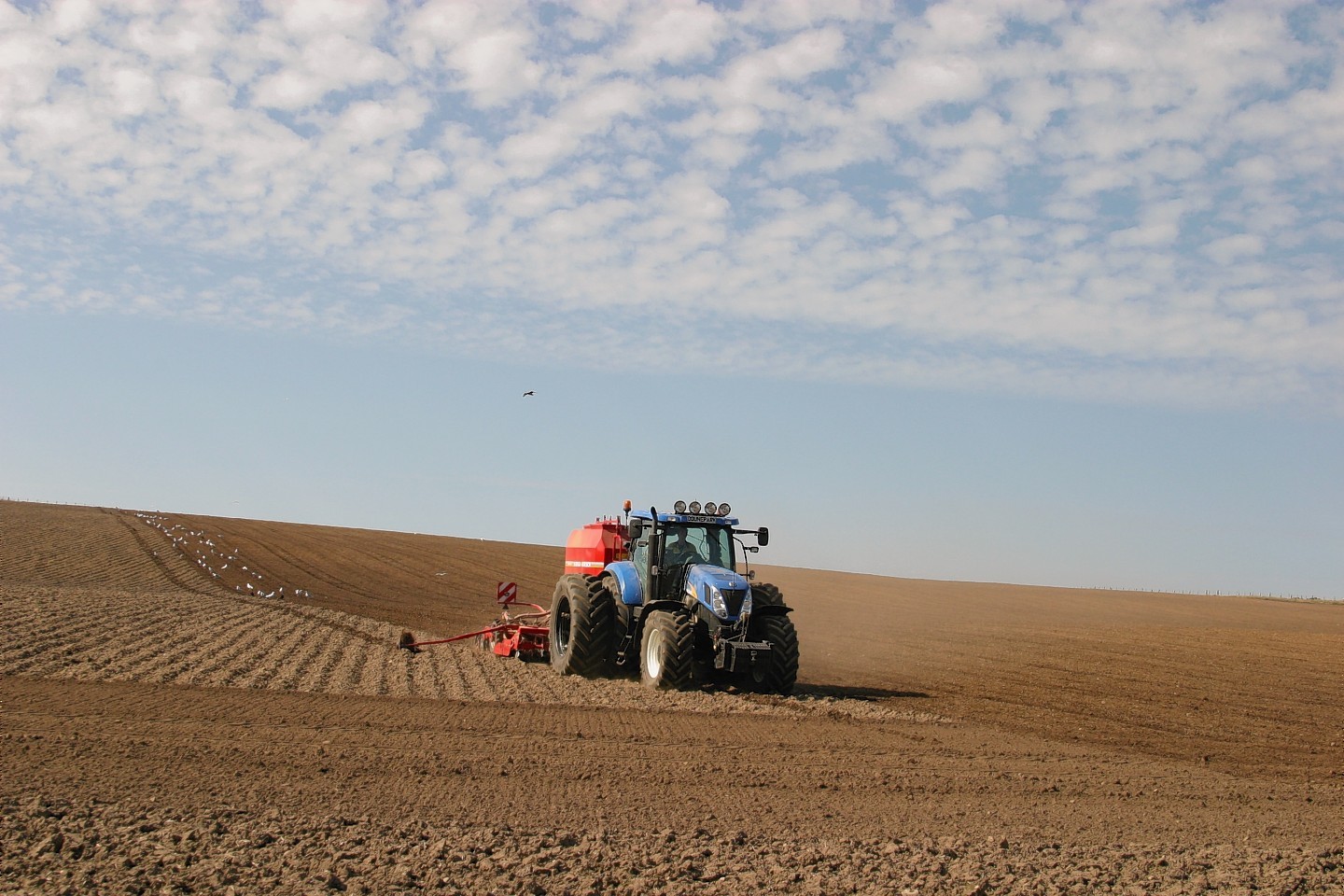Farmers and crofters have been urged to bite the bullet and set up a succession plan sooner rather than later.
Speaking at the Highland Sheep event at Fearn Farm, Tain, Johnston Carmichael director Margi Campbell urged producers to ensure plans were in place to safeguard the farm business in the event of their death.
“When you are considering your future, you need to consider if you were run over today what would happen to the farm,” said Ms Campbell.
Business structure was key in the process, she said.
“If you are a sole trader the business dies with you unless you have a plan in place,” added Ms Campbell.
She said partnership or company structures were more suited to easily passing the farm on to the next generation.
“With a partnership, partners can join or leave but the business carries on,” she added.
“A company has a simpler structure and it continues when anybody dies.”
However, changes to business structure or ownership could be liable to either Capital Gains Tax or Inheritance Tax, she warned.
She urged the senior generation of farmers to consider whether or not they could afford to retire, and where they would live.
They also needed to ask if their children wanted to and were able to run the farming business.
Similarly the next generation needed to consider whether they wanted to take on the farm or not.
And both sides would need to consider how to deal with extra siblings who were not going to take on the farm.
Ms Campbell said: “Sibling partnerships can work but they are more the exception rather than the rule. A consortium of cousins is even harder to achieve in farming.”
In the event that splitting the business equally between all siblings was not a viable option, Ms Campbell suggested various options to deal with the situation.
Parents could have life assurance written into trust to enable them to gift the farm to one sibling and non-farming assets to another upon death.
Otherwise, they could withdraw capital from the business to buy a house, for example, to gift to the child who is not taking on the farm.
All options needed careful consideration and open and frank discussions with one another, added Ms Campbell.
Lastly, she warned about the impact the proposed changes to succession law could have on farm businesses.
At present there are no legal rights attached to land and buildings, meaning they are heritable and you can leave them to whoever you wish in your will.
The proposed changes would mean that legal rights could be claimed on all property, even if it is left in a specific way in your will.
To avoid this, Ms Campbell urged farmers to either pass their farm on to the chosen sibling now or to put the farm into trust so that it was not part of their estate.
